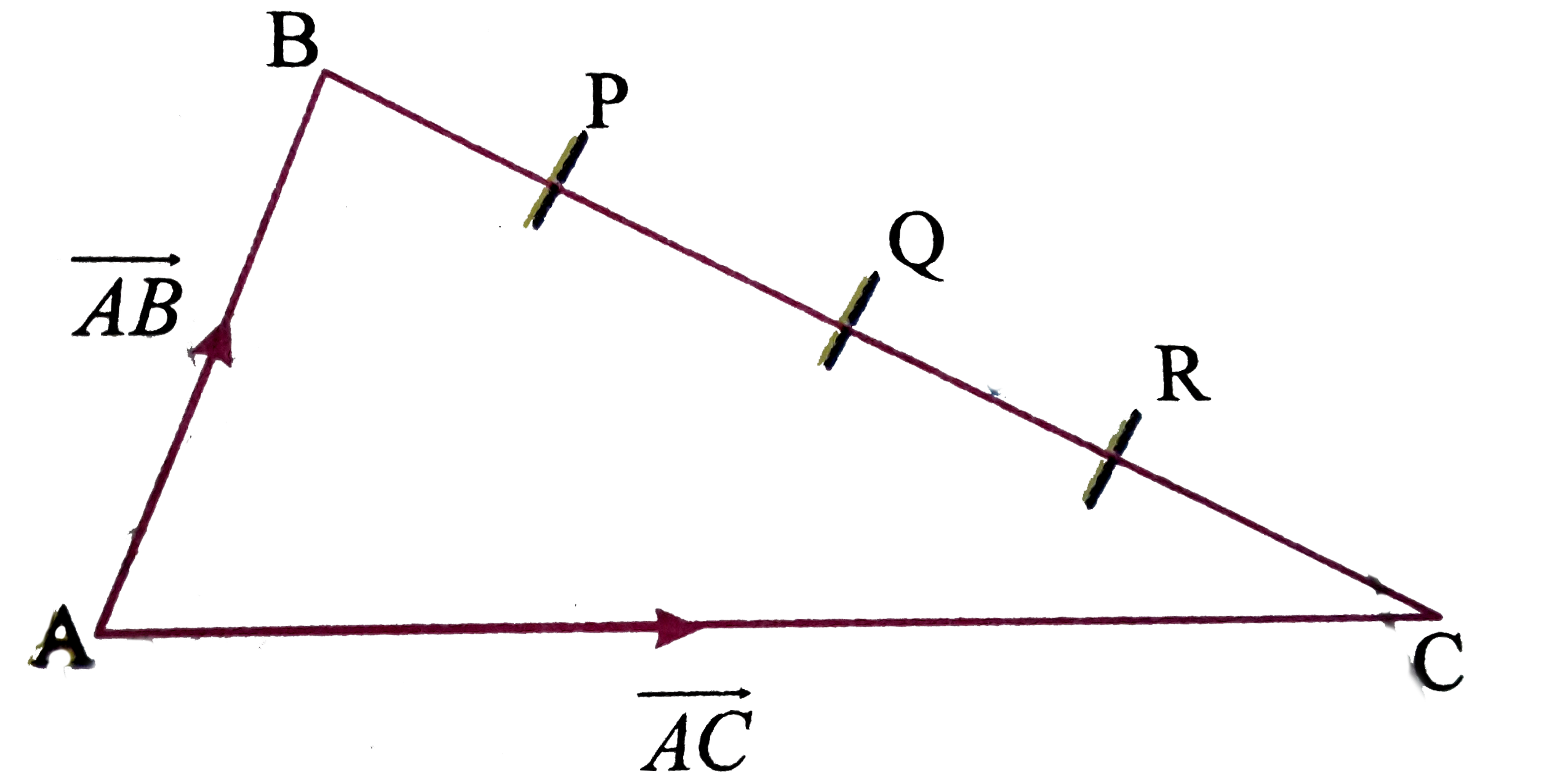ABC is isosceles triangle, right angled at A. The resultant of the forces acting along with magnitudes and respectively is the force along , where D is the foot of the perpendicular from A on BC. The magnitude of the resultant is:
The correct Answer is:C
Step by step video, text & image solution for ABC is isosceles triangle, right angled at A. The resultant of the forces acting along vec(AB), vec(AC) with magnitudes 1/(AB) and 1/(AC) respectively is the force along vec(AD), where D is the foot of the perpendicular from A on BC. The magnitude of the resultant is: by Maths experts to help you in doubts & scoring excellent marks in Class 12 exams.
Updated on:21/07/2023Similar Questions
ABC is triangle, right angled at A. The resultant of the forces acting along −−→AB.−−→AC with magnitudes 1AB and respectively is the force along −−→AD, where D is the foot of the perpendicular from A onto BC. The magnitude of the resultant is-
View SolutionIf the resultant of →a and →b lie along y-axis. Find thre magnitude of b
View Solution
Knowledge Check
If −−→AB=→band−−→AC=→c then the length of the perpendicular from A to the line BC is
A∣∣→b×→c∣∣∣∣→b+→c∣∣B∣∣→b×→c∣∣∣∣→b−→c∣∣C∣∣→b×→c∣∣2∣∣→b−→c∣∣D∣∣→b×→c∣∣2∣∣→b+→c∣∣ABC is an isosceles triangle right angled at A. forces of magnitude 2√2,5and6 act along BC, CA and AB respectively. The magnitude of their resultant force is
A4B5C11+2√2D30The resultant of two forces sec B and C along sides AB , AC of triangle ABC is a force acting along AD when D is
Amiddle point of BCBfoot of perpendicular from A on BCCD divides Bc in the ratio cosB:cosCDD divides BC in the ratio cosC:cosB
ABC is a triangle and D is the mid-point of BC . The perpendiculars from D to AB and AC are equal. Prove that the triangle is isosceles.
View SolutionIn a right angled triangle ABC,D is the foot of the perpendicular from B on the hypotenuse AC. If AB=3cm and BC=4cm, what is the area of △ABD
View SolutionIn a right-angled triangle ABC ,D is the foot of the perpendicular from B on the hypotenuse AC . If AB=3cm and BC=4cm, what is the area of △ABD?
View SolutionABC is an isosceles triangle with AC = BC. If AB2=2AC2, prove that ABC is a right triangle.
View SolutionBC is divided into four equal parts by P,Q and R.The resultant of −−→AB and 3−−→AC is

View Solution

